It turns out some scary creatures aren't actually that scary. Here are nine animals that aren’t as dangerous as they look.
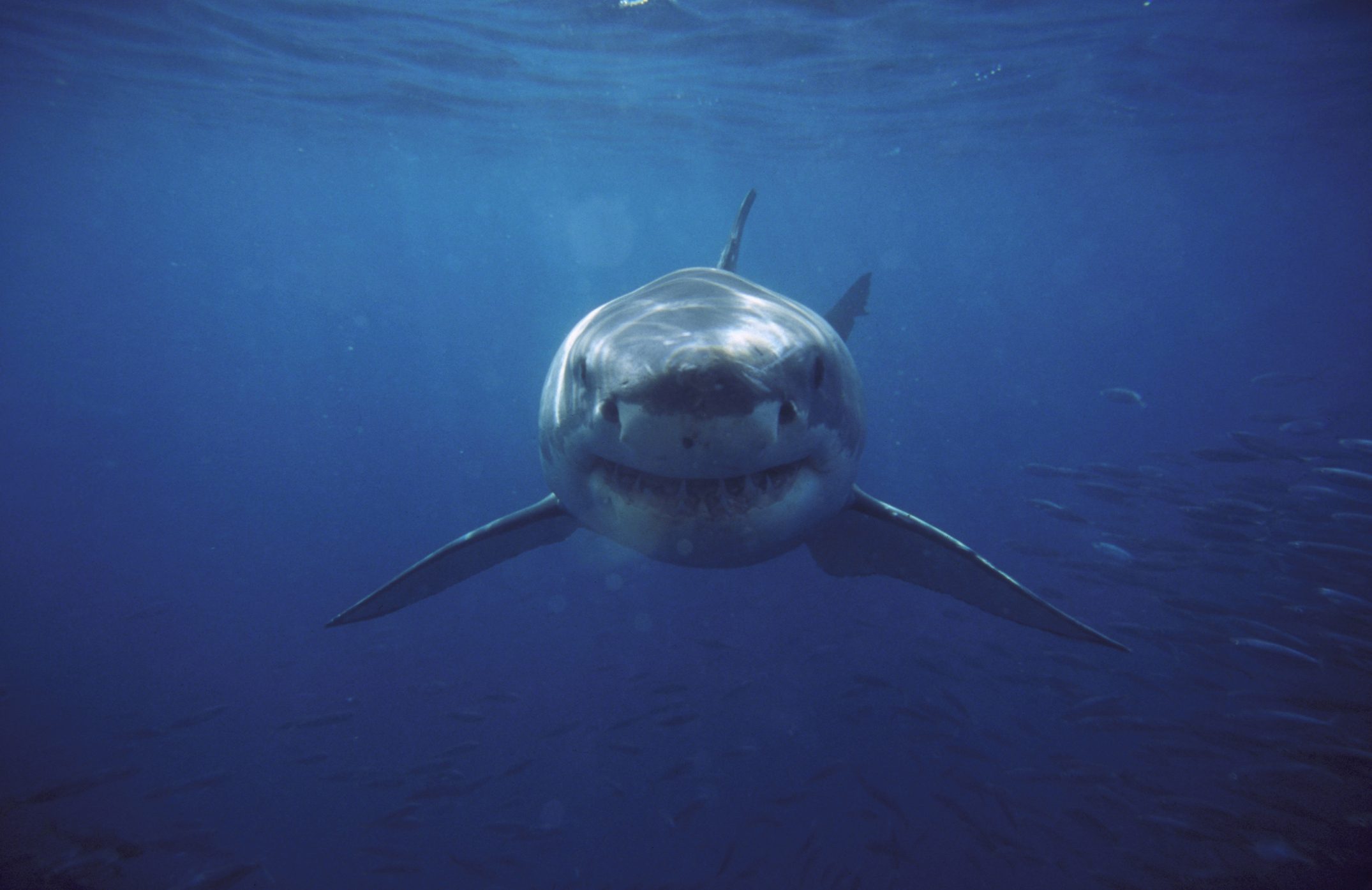
9 Animals That Aren’t as Dangerous as They Look

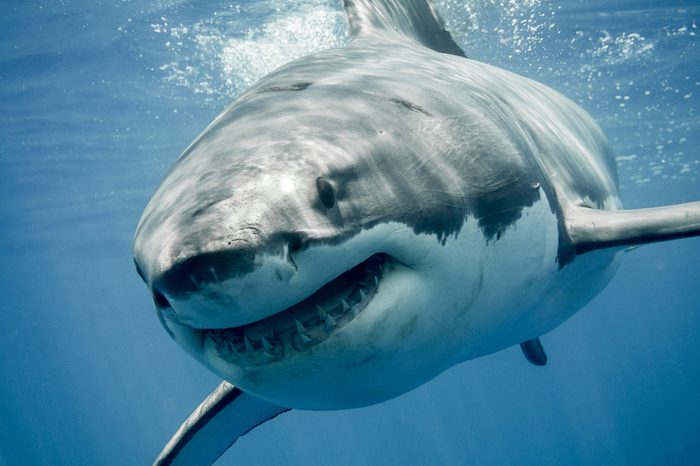
Sharks
For decades, Hollywood blockbusters have portrayed sharks as toothy killing machines with a taste for human flesh. But shark attacks, and fatalities in particular, are much rarer than you think. Some species of sharks, like the whale shark and the basking shark, don’t pose a threat to humans at all, despite looking pretty menacing. Even the species of sharks responsible for the most attacks on humans—bull sharks, tiger sharks and white sharks—don’t actively seek to eat humans. They prefer the taste of fish and seals, and actually find humans difficult to digest. On average, sharks are responsible for six human deaths a year. That’s notably fewer than some much less maligned creatures, including hippopotamuses, elephants and cows (yes, cows) that are much deadlier than sharks.
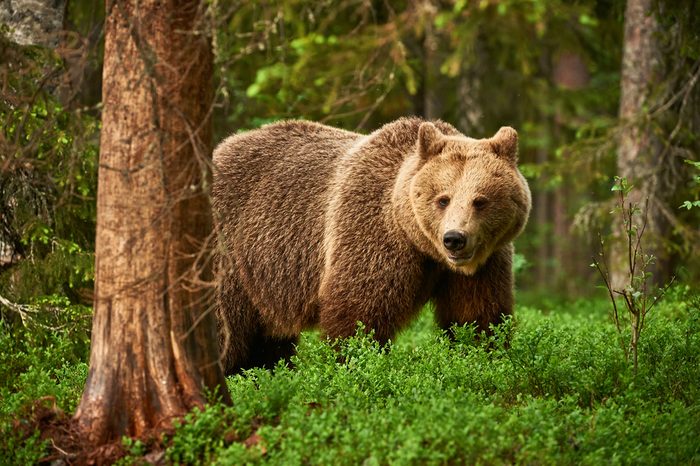
Bears
“Lions and tigers and bears, oh my!” Dorothy didn’t have much to worry about when she met up with everyone’s favorite gentle giant, the Cowardly Lion, in The Wizard of Oz. But in real life, lions (and tigers) are much deadlier than the third member of the trio: bears. It can be challenging to get a precise estimate of how many humans lions and tigers kill per year, but it’s always quite a bit higher than bears. Plus, big cat attacks are much more likely to be fatal (65%) than bear attacks (9%), according to research published in the journal PLOS Biology. Combined, brown (aka grizzly) and black bears kill an average of one to three humans a year in their native United States and Canada.
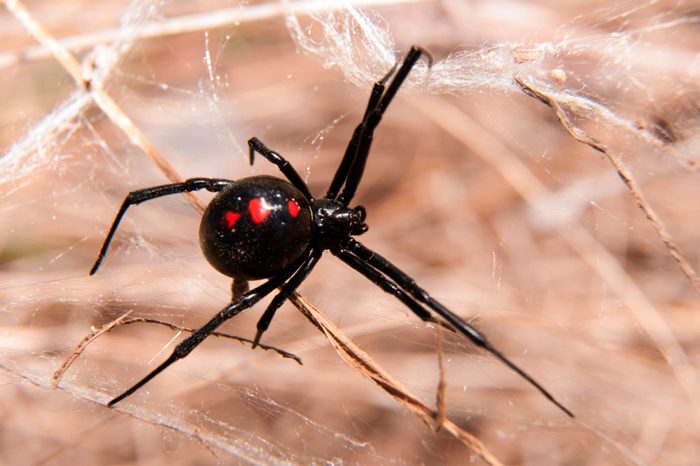
Spiders
Don’t get us wrong—black widow spiders are deadly. And brown recluse spiders deliver a nasty, necrotic venom. But many types of spiders, even some of the biggest and scariest-looking ones, don’t often bite, and certainly can’t kill you. Spider bites cause fewer than three human deaths per year in the U.S. (unfortunately, most of them are children). That’s fewer than the number caused by significantly less feared creatures like ants, bees and, believe it or not, freshwater snails, which can carry a deadly disease called schistosomiasis.
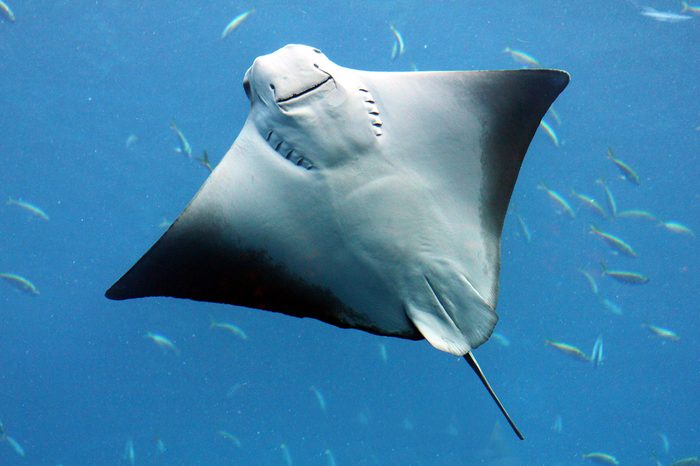
Stingrays
In 2006, Crocodile Hunter Steve Irwin tragically died after being stung in the chest by a stingray. His high-profile status led to a surge in the belief that stingrays are lethal, but the reality is much different. Stingrays are usually passive creatures that only sting if they feel threatened, and even then, they’re only responsible for an average of one to two human deaths a year. Stingray barbs do deliver venom, but it’s rarely deadly (though they will cause excruciating pain). According to Scienceline, Irwin most likely died from the trauma to his heart, not from the venom itself.
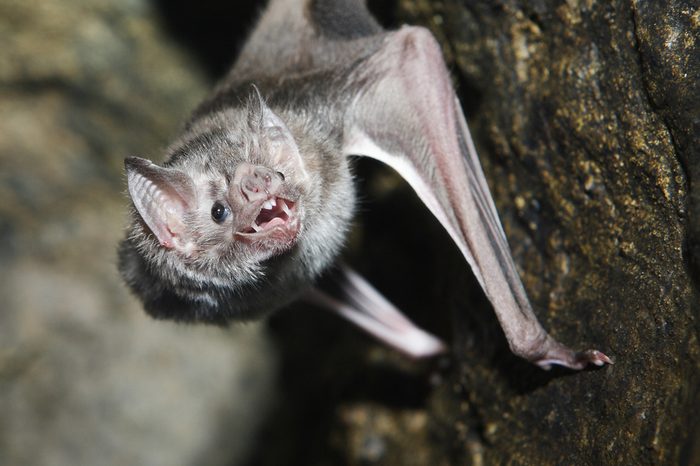
Vampire bats
They’re named after a famous killer from fiction and legend, and, well, they just look pretty darn creepy. Plus, vampire bats actually do drink blood, often without the victim even noticing (for up to 30 minutes!). Despite all of these knocks, vampire bats are not especially deadly in the greater scheme of things. They much prefer the blood of livestock animals, like cows and horses, to that of humans. This doesn’t mean that they’re completely harmless, though. They have been known to bite humans, usually because their typical food supply of quadrupeds has dwindled, and, in rare cases, they can carry rabies. However, fatalities from vampire bats, and bats in general, are pretty rare.
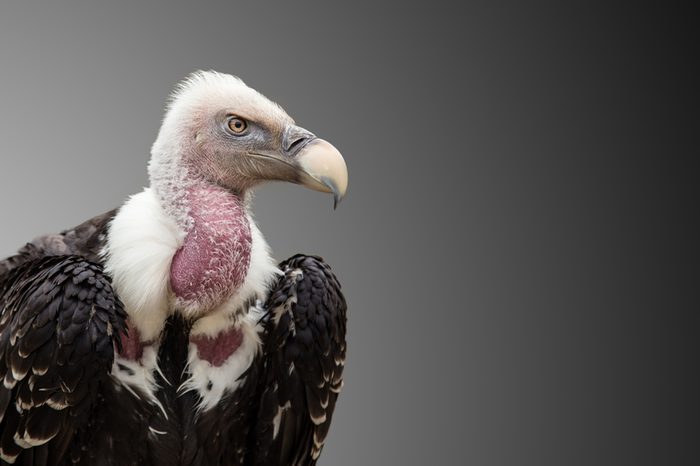
Vultures
These birds are ominous-looking enough as it is, and their tendency to hover around creatures that are dead or dying, in both the wild and the media, doesn’t help their reputation. Their massive wingspans and sharp talons make them look aggressive, sure, but they almost exclusively feed off of creatures that are already dead. While vultures do seek out wounded or dying animals, the vulture won’t kill them themselves—and they actually play a vital role in a healthy, functioning ecosystem.

Pit bulls
It might actually surprise you that dogs are pretty dangerous. In addition to 20 to 30 Americans being killed by dogs per year, tens of thousands of human deaths each year result from rabies-infected canines. But many veterinarians take issue with banning or stigmatizing certain breeds of dogs, with pit bulls being the best-known example of this.
The term pit bull can refer to as many as four different breeds of dogs. Because of this, statistics citing pit bulls as overwhelmingly responsible for attacks are iffy at best. The American Veterinary Medical Association writes that “prohibiting or strictly regulating what is assumed to be the responsible breed” after dog attacks is just “a quick fix to a legitimate problem.”
An animal’s treatment and socialization have a far bigger impact on its viciousness than its breed. And many dogs that attack humans have been mistreated by people in the past. Much of the fear surrounding pit bulls, in particular, has to do with persistent myths and misinformation rather than evidence.
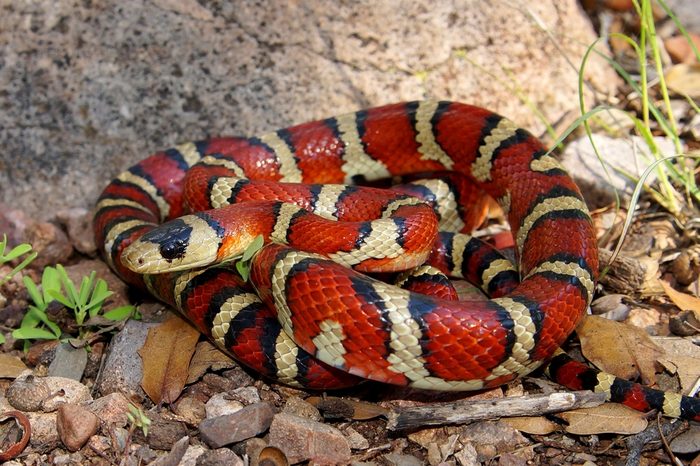
Milk snakes
Snakes are one creature that has indeed earned their reputation as killers, causing tens of thousands of human deaths every year. It’s important to take snake bites very seriously, but this reputation does lead people to assume that some perfectly harmless snakes are deadly. The milk snake might be this belief’s most common serpentine victim. These North American snakes have extremely similar coloring to the ultra-deadly coral snake, but that’s actually its best defense. Potential predators see that pattern of stripes and stay away.
“Red and black, friend of Jack; red and yellow, kill a fellow” is a rhyme that helps us tell these two snakes apart. Look closely at its stripes: If the red stripes are directly bordering black ones, it’s a milk snake. (On second thought, maybe don’t “look closely” if you see a snake in the wild that you suspect is poisonous.)

Mountain lions
These big cats, also called cougars or pumas, are native to North America and are the subject of cautionary tales for many hikers. Despite that, there have been 29 human deaths by mountain lions on record, period, since 1868. That’s an average of one every five to six years. If they do attack, it’s most likely the result of extreme circumstances like sickness or starvation. While they have been known to kill pets, deer and livestock, mountain lions probably shouldn’t be high on humans’ list of animals to be afraid of.
Why trust us
At Reader’s Digest, we’re committed to producing high-quality content by writers with expertise and experience in their field in consultation with relevant, qualified experts. We rely on reputable primary sources, including government and professional organizations and academic institutions as well as our writers’ personal experiences where appropriate. We verify all facts and data, back them with credible sourcing and revisit them over time to ensure they remain accurate and up to date. Read more about our team, our contributors and our editorial policies.
Sources:
- Guardian: “’Sharks don’t like to eat people’: attack statistics contradict untested theories”
- Smithsonian Magazine: “ What 70 Years of Data Says About Where Predators Kill Humans”
- Scienceline: “I thought stingrays were harmless, so how did one manage to kill the “Crocodile Hunter?”
- Boston Children’s Hospital: “Spider Bites”
- National Geographic Kids: “Vampire Bat”
- Vulture Conservation Foundation: “Let’s be clear, objective and factual: Vultures do not normally kill cattle and are very useful for the livestock breeder”
- American Veterinary Medical Association: “The dangerous dog debate”
- Coastal Georgia Botanical Gardens: “The “Colubrid” Trio: Coral Snake vs. Scarlet King Snake vs. Scarlet Snake with a Milk Snake Twist”
- Mountain Lion Foundation: “Risk and Recreation: What we know about mountain lion attacks in North America.”




















